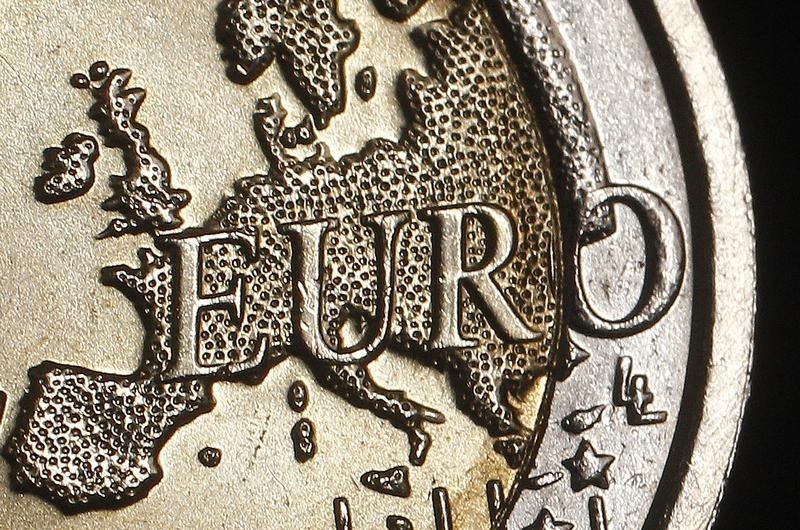Investing.com - The euro edged higher against the U.S. dollar on Friday, re-approaching a six-month peak as sentiment on the greenback remained vulnerable since the minutes of the Federal Reserve’s latest policy meeting confirmed the central bank’s cautious stance on rate hikes.
EUR/USD hit 1.1397 during U.S. morning trade, the session high; the pair subsequently consolidated at 1.1389, adding 0.10%.
The pair was likely to find support at 1.1325, the low of April 6 and resistance at 1.1454, Thursday’s high and a six-month high.
The greenback remained under pressure after the minutes from the Fed's March policy meeting on Wednesday indicated that the central bank is unlikely to raise interest rates before June due to concerns over global economic growth.
The dollar briefly strengthened after Fed Chair Janet Yellen said late Thursday that the U.S. economy was not a "bubble economy" and that the labor market was "healing".
Yellen also said that the December decision to raise interest rates was not a mistake.
However, sentiment on the single currency remained vulnerable after senior European Central Bank officials reiterated on Thursday that they are prepared to inject more stimulus if necessary.
The ECB’s chief economist, Peter Praet, said the bank was prepared to do more if the euro zone economy was hit by fresh shocks.
The comments were echoed by ECB Vice-President Vito Constancio who said in a speech to the European Parliament that the bank will continue to do whatever it takes to pursue its price stability objective.
The euro was lower against the pound, with EUR/GPB shedding 0.19% to 0.8079.
In the U.K., the Office for National Statistics reported on Friday that manufacturing production declined by 1.1% in February, compared to expectations for a 0.2% fall. Year-on-year, manufacturing production dropped 1.8% in February.
The report also showed that U.K. industrial production slipped by 0.3% in February, compared to expectations for a 0.1% rise.
Another report showed that the U.K. trade deficit narrowed to £11.96 billion in February from a revised deficit of £12.16 billion in January. Analysts had expected the trade deficit to narrow to £10.20 billion in February.
